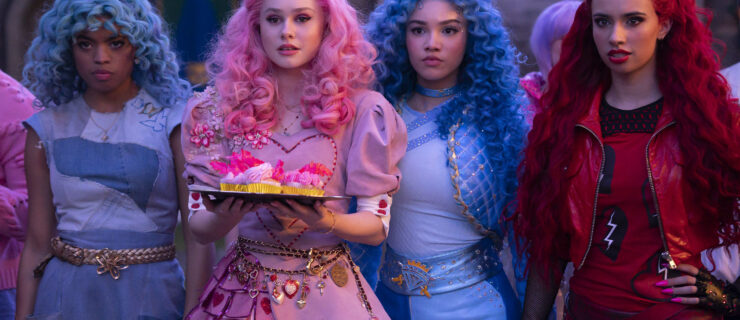Butoh Japanese Dance-Theater
Butoh was born in post–World War II Japan, when Japanese culture was changing radically under Western influences. In protest of this change, and in a rejection of both Western modern dance and Japanese traditional dance, Butoh founders Kazuo Ohno and Tatsumi Hijikata began to explore the concept of beauty through body distortion. Today, trademarks of this dance-theater artform include both impossibly slow movements, where dancers seem to change positions imperceptibly, and primal, jerky, violent movements; white body paint that erases the identity of individual performers yet helps to make them stand out on the typically darkened stages; and distorted facial expressions such as wide open mouths and eyes rolling into the head.
The word Butoh is made up of two characters: bu, meaning “to dance,” and toh, meaning “to step.” Hijikata called it Ankoku Butoh, meaning “dance of utter darkness.” (The name was shortened in the late 1970s.) Aiming to free the body of its social constraints, Hijikata staged a rebellious and scandalous show in 1959 called Kinjiki (Forbidden Colors) that included the slaying of a live chicken onstage. Ohno, however, took a less brutal approach. While words, darkness and memories were central to Hijikata, Ohno’s work focused more on light and humanity’s spiritual nature.
Because Butoh has many interpretations and angles, it can be difficult to define in any one way. Though it originally rejected traditional Japanese dance and theater and Western dance forms, it now has more diversity in its scope, and even draws on Kabuki and Noh. In short, there are no fixed rules, but the emphasis is on the power that the artist brings to a performance through mental and physical sense. The resulting works tend to contain strong images with jarringly eclectic combinations of Eastern and Western music.



